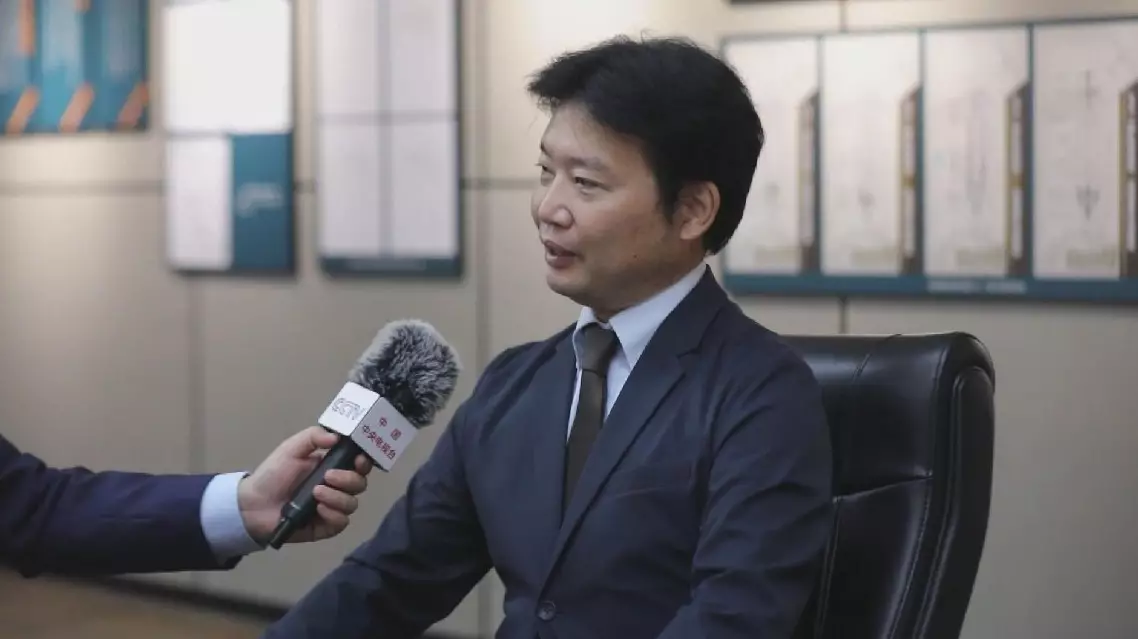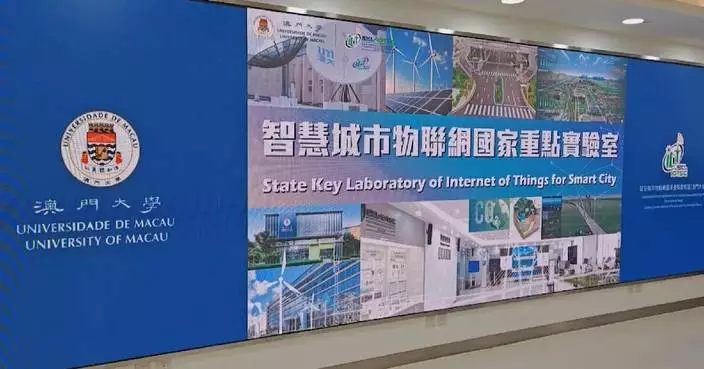Seiya Matsuno, a Japanese scholar, has disclosed a new document containing information about non-military technicians who were part of Japan’s germ warfare operations in Harbin, the capital of northeast China's Heilongjiang Province, during World War II.
The 267-page document contains profiles of 100 Japanese technicians who came to China between February 1944 and August 1945. Over half of them were from the notorious Japanese germ warfare army known as Unit 731.
The document was discovered in the National Archives of Japan by Matsuno, a researcher at the International Peace Research Institute of Meiji Gakuin University in Japan and a distinguished professor at Heilongjiang International University. Matsuno presented a copy of the document to the Harbin's Exhibition Hall of Evidences of Crime Committed by Unit 731 of the Japanese Imperial Army on Tuesday, the eve of the anniversary of the September 18 Incident.
"The technicians were subordinate to the military. They were not soldiers, but people from specialized technical professions. The Japanese army needed those people with expertise for its germ-warfare research and development, so they were recruited by the army and sent to the germ-warfare units," said Matsuno.
According to the researcher, the technicians were treated like senior officers and were incorporated into the army. Most of them served as the heads of different research departments and were mainly engaged in bacterial experiments and so-called "medical research".
"This document is more than just a record of the names and appointments of the technicians, it also contains information such as their promotion record, college background, performance assessment, so it can be regarded as very important basic data for the study of Japanese germ-warfare forces," said Matsuno.
A total of 100 technicians are recorded in the document, including 57 from Unit 731, 16 from Unit 100, 11 from Unit 1644, 9 from Unit 9420 and 7 from Unit 1855.
"Fifty-seven of the 100 recorded technicians are from Unit 731, accounting for more than 50 percent of the list, proving once again the position of Unit 731 as the base camp and command center of Japanese germ warfare. Most of these technicians have medical backgrounds, mostly from Japanese medical schools, proving once again the connection between Japanese germ warfare, which is mainly carried out by Unit 731, and the medical community in Japan. The crime was a top-down, organized state crime, not an individual act," said Jin Shicheng, deputy secretary general of the Harbin History Association of Biological and Gas Warfare of Japanese Army.
Unit 731 was a top-secret biological and chemical warfare research base established in Harbin as the command center for Japanese biological warfare in China and Southeast Asia during World War II.
The crimes committed by Unit 731 were among the most gruesome atrocities of the Japanese invasion of China during World War II.
Wednesday marks the 93rd anniversary of The September 18 Incident in 1931, the day on which Japanese troops began the bloody invasion of China, foreshadowing World War II and making China the first country to take up arms against fascism.

Scholar unveils new documents detailing Japan's germ-warfare crimes in China

Scholar unveils new documents detailing Japan's germ-warfare crimes in China

Scholar unveils new documents detailing Japan's germ-warfare crimes in China









